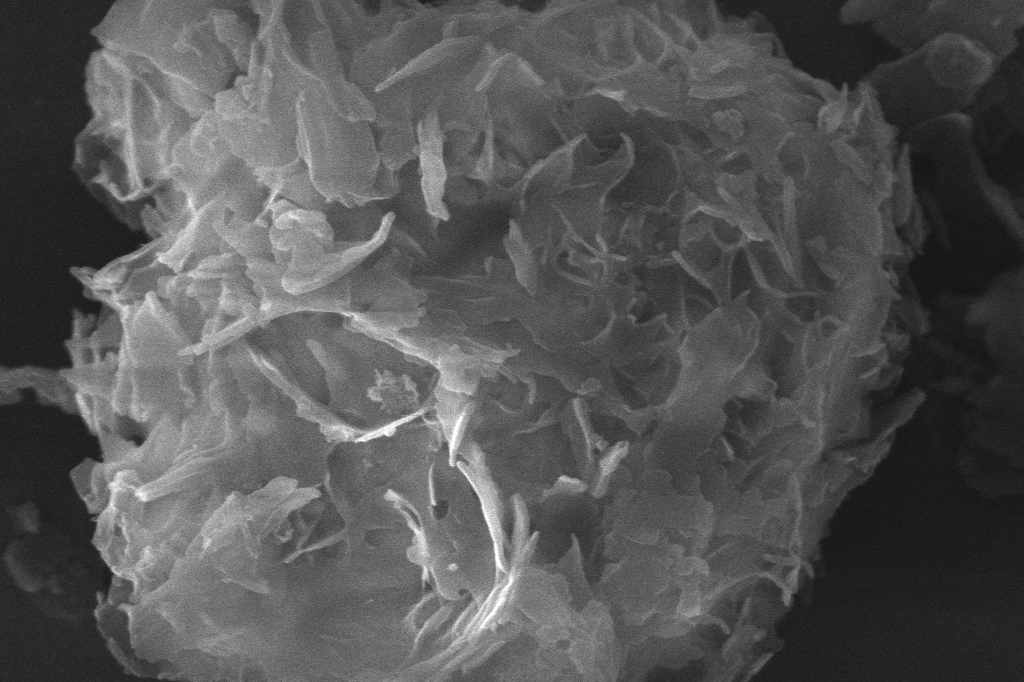1) A new paper got accepted:
O. Tolochko, I. Kobykhno, S. Khashirova, A. Zhansitov, A. Breki, M. Nosonovsky* “Friction and wear of polyetheretherketone (PEEK) samples with different melt flow indices” Journal of Tribology, 2021, https://doi.org/10.1115/1.4053092
2) Some Russian press coverage of the work on brass (with ITMO University in St. Petersburg). Please see more details at Vibrational separation of fractions for anti-microbial brass
M. Sabbouh, A. Nikitina, E. Rogacheva, L. Kraeva, S.A. Ulasevich, E. V. Skorb, M. Nosonovsky*, 2021, “Separation of motions and vibrational separation of fractions for biocide brass”, Ultrasonics Sonochemistry, 105817, https://doi.org/10.1016/j.ultsonch.2021.105817
a) Ученые выяснили, как ультразвук повышает антибактериальные свойства латуни [Scientists Determined How Ultrasound Improves Antibacterial Properties of Brass] on the Russian Science Foundation website:
“High-frequency acoustic vibrations make it possible to realize very unusual phenomena. For example, in a liquid, we are faced with the effect of cavitation, when bubbles form, when they collapse, forming tiny regions with a pressure of several atmospheres and a thousand-degree temperature. They can affect the surface of brass particles, creating not only a special relief and increasing the surface, but also causing the formation of new substances and structures, possibly stronger in terms of killing microbes,” says professor Michael Nosonovsky, a winner of the ITMO Fellowship and Professorshiр, ITMO University.”

b) Российские ученые разработали простой способ производства бактерицидных наночастиц [Russian Scientists suggested a simple method to create bactericide nanoparticles] on the TASS News Agency website.
“Brass nanoparticles are well suited for creating bactericidal agents. Compared to a plate of the same mass as the particles, the latter has a much larger active surface area. We were interested in improving their bactericidal properties, and we used ultrasound for this,” said one of the authors of the study, professor Michael Nosonovsky.
As noted by Nosonovsky, ions of many metals can penetrate microbes and destroy them. In particular, zinc and copper oxides have strong antibacterial properties, so both of these substances are used as coatings for medical devices and additives for deodorants, toothpaste, various cosmetics, and hygiene products.“